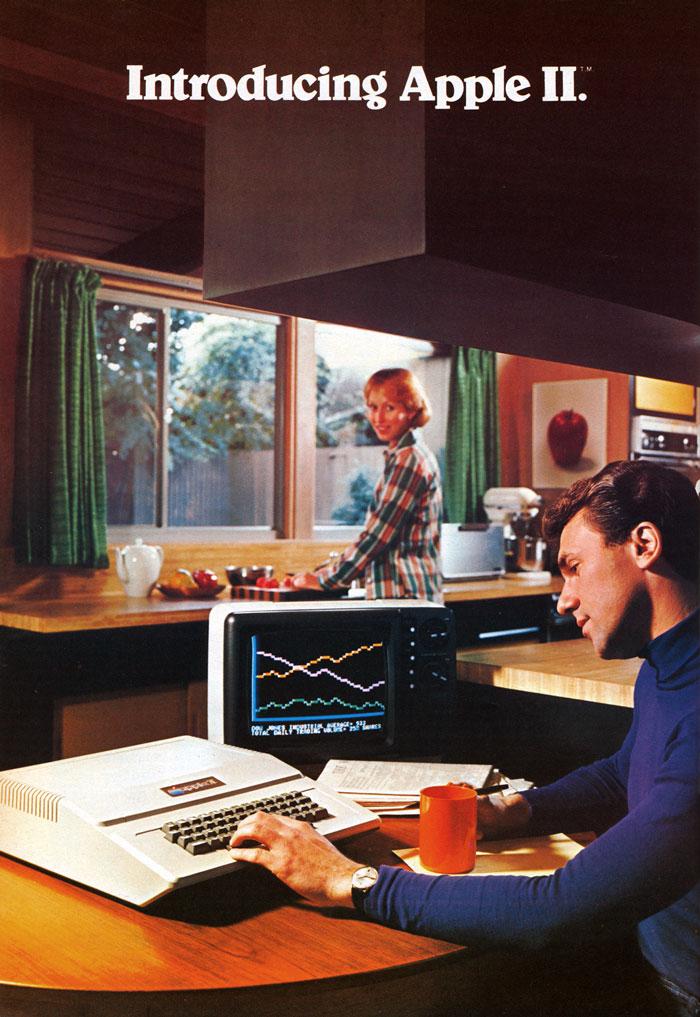If you have a New Yorker subscription, it’s very worth checking out “Bytes and Chips,” a 1977 “Talk of the Town” piece by Anthony Hiss which profiled the burgeoning personal computer culture. It’s the magazine’s first mention of Steve Jobs and Steve Wozniak, though not by name. The central figure in the brief article is Vern Crawford, a Texas electronics entrepreneur. An excerpt:
“I’m also sitting on one of the big stories of the late seventies and early eighties: the personal computer–a full-sized computer (in function) available in kit form for less than two thousand dollars, which when completely assembled is about as big as an Olivetti typewriter. Hackers, as personal-computer constructors have dubbed themselves, are already building the machines by the thousand all over the country; they’ve formed clubs like the Homebrew, and they’re serviced by a number of small retail computer stores and by national magazines, including one called Byte, which is published in Peterborough, New Hampshire, and which, after twenty monthly issues, has grown to a press run of eighty-eight thousand. Vern, a typical hacker, worked in electronics in the Air Force for fourteen years as a radio technician, following two years as a merchant seaman. He also has a degree in economics from San Jose State and is a former personnel officer in Lockheed, and likes to call himself a former merchant seaman and a roughneck. The kits that Vern and his compeers are working on require a certain basic knowledge of digital electronics, but within six months, according to Carl Helmers, the editor of Byte, the field will be completely accessible to ignoramuses like me: Heathkit, the famous kit people, who already market a color-TV kit that an orangutan can assemble, will offer a computer kit next fall. And in just a matter of weeks a couple of men in their twenties from Los Altos, California, the next town over from Mountain View, will start selling Apple II, which Helmers calls the first appliance computer–a fully assembled briefcase-size unit, with a large memory and a keyboard, that can play any number of computer games, draw pictures on your color TV, and operate like any other computer, using the TV as its display. Cost of Apple II: thirteen hundred dollars.”


